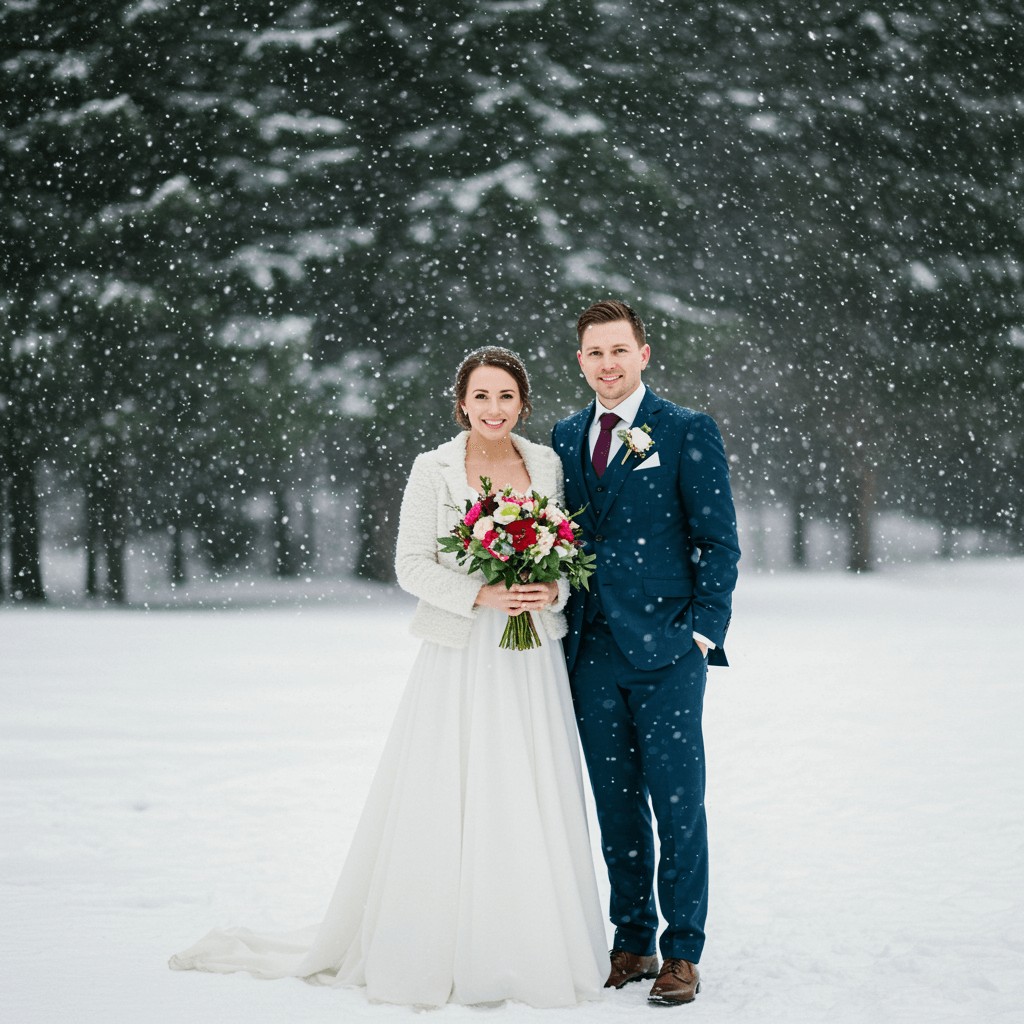Planning a wedding at home offers a chance to create a celebration that feels meaningful, familiar, and deeply personal. Instead of adapting to a venue’s rules and layout, you have the freedom to shape the atmosphere exactly the way you imagine it. Whether you’re envisioning a relaxed garden party or an elegant evening under string lights, hosting this event in your own outdoor space allows you to reflect your shared history, your style, and the relationships that matter most.
Yet, while a home setting may feel organic, planning still requires care. You’ll be thinking through space layout, décor, seating, lighting, sound, weather planning, cleanup, and how to make guests comfortable throughout the day. With thoughtful preparation, this celebration becomes both beautiful and memorable, blending sentiment with creativity.
The following guide walks you through planning, styling, and elevating a backyard wedding from start to finish — with ideas to inspire a celebration that feels warm, intimate, and uniquely yours.
Step 1: Evaluate Your Space
Before choosing décor or sending invitations, start by understanding your backyard’s layout and capacity. Think about where guests will sit, how they’ll move between the ceremony and reception areas, and how vendors or helpers will set up. Notice any natural features that could serve as focal points — a large tree, a garden bed, a view, a patio, or even a simple open lawn.
Consider:
- Will guests have enough shade during the ceremony?
- Is there space for seating, walking paths, and mingling?
- If hosting the reception outside, is there room for tables, dance space, or a tent?
- Would you need to rent flooring, lighting, or portable restrooms?
Taking time to envision how the day will flow makes later planning clearer and smoother.
Step 2: Design the Ceremony Space
Your ceremony is the emotional center of the day, so begin by shaping a space that feels grounded and beautiful. Many couples choose to position the ceremony under a beloved tree or in a garden area. Others place an arch or backdrop to create a focal point.
Ideas to consider:
- A wooden or floral arch
- A backdrop of sheer fabric and greenery
- A circle of flowers, rugs, or lanterns to define the aisle
- Seating arranged in straight rows, semicircles, or mixed arrangements for a softer feel
Even minimal styling can feel meaningful when paired with nature and thoughtful placement.
Step 3: Plan for Guest Comfort
Because this is an outdoor setting, small comforts make a big difference. Simple additions let guests relax and fully enjoy the celebration.
Additions to consider:
- Cold water stations or lemonade on hot days
- Cozy blankets or pashminas if evenings get cool
- Bug-repellent candles or natural spray tabs
- Fans, parasols, or small shade tents when hosting midday
These gestures feel caring and thoughtful, helping guests stay comfortable without interrupting the flow of the day.
Step 4: Create a Reception Atmosphere
The reception is where the celebration expands — food, laughter, conversation, and music fill the space. In a backyard, the reception often feels intimate and connected because everything is closer to home and each other.
Consider these elements:
Lighting
Lighting sets the tone. Soft, warm light creates atmosphere easily.
- String lights across the yard, from trees or fences
- Candle-lit tables with lanterns or hurricane glass covers
- Path lights guiding guests after sunset
Tables and Seating
Choose seating that fits your style — rustic wooden tables, modern metal chairs, or mismatched vintage pieces for personality.
Add linens, seasonal flowers, or simple greenery to bring cohesion and color.
Music and Sound
If using speakers, test sound quality in advance. Outdoor spaces absorb sound, so placement matters more than volume.
Live acoustic music works beautifully in this setting.
Step 5: Food and Dining Experience
A backyard celebration invites warmth and ease, so the dining approach can vary depending on the atmosphere you want.
Options include:
- Family-style shared platters passed between guests
- A buffet table with seasonal dishes
- Wood-fired pizza or open-grill cooking for informal charm
- A plated dinner for a refined feel
Focus on foods that align with your celebration’s tone. When hosting at home, simple, high-quality ingredients prepared well feel more meaningful than elaborate presentation.
Step 6: Personal Touches That Make It Special
This setting naturally supports sentiment and storytelling. Introduce meaningful details that speak to your shared history.
Consider:
- Displaying family photos or heritage items
- Using garden flowers or seasonal blooms from local growers
- Creating a guest book with handwritten notes or Polaroid snapshots
- Writing personal vows that reflect your journey
These touches transform the day from “a wedding” to your wedding.
Step 7: Practical Planning Tips
Even informal celebrations benefit from clear structure and support:
- Assign setup roles or hire short-term help for the day
- Consider renting a small tent or canopy in case of rain
- Plan for parking or arrange rideshare drop-off space
- Use outdoor-safe candles, lighting, and décor materials
- Arrange cleanup support so you can stay present in the moment
Good planning gives you freedom to enjoy the celebration once it begins.
Conclusion
Hosting your wedding at home blends meaning, creativity, and closeness. The familiarity of the space invites guests to feel welcomed and emotionally connected, while the flexibility allows you to shape every detail around what feels true to you. With thoughtful planning, a backyard becomes not only a location, but a reflection of your shared life — a place where memories begin and continue.
This celebration is not just an event. It is a personal expression of who you are as a couple and the life you are building together.













